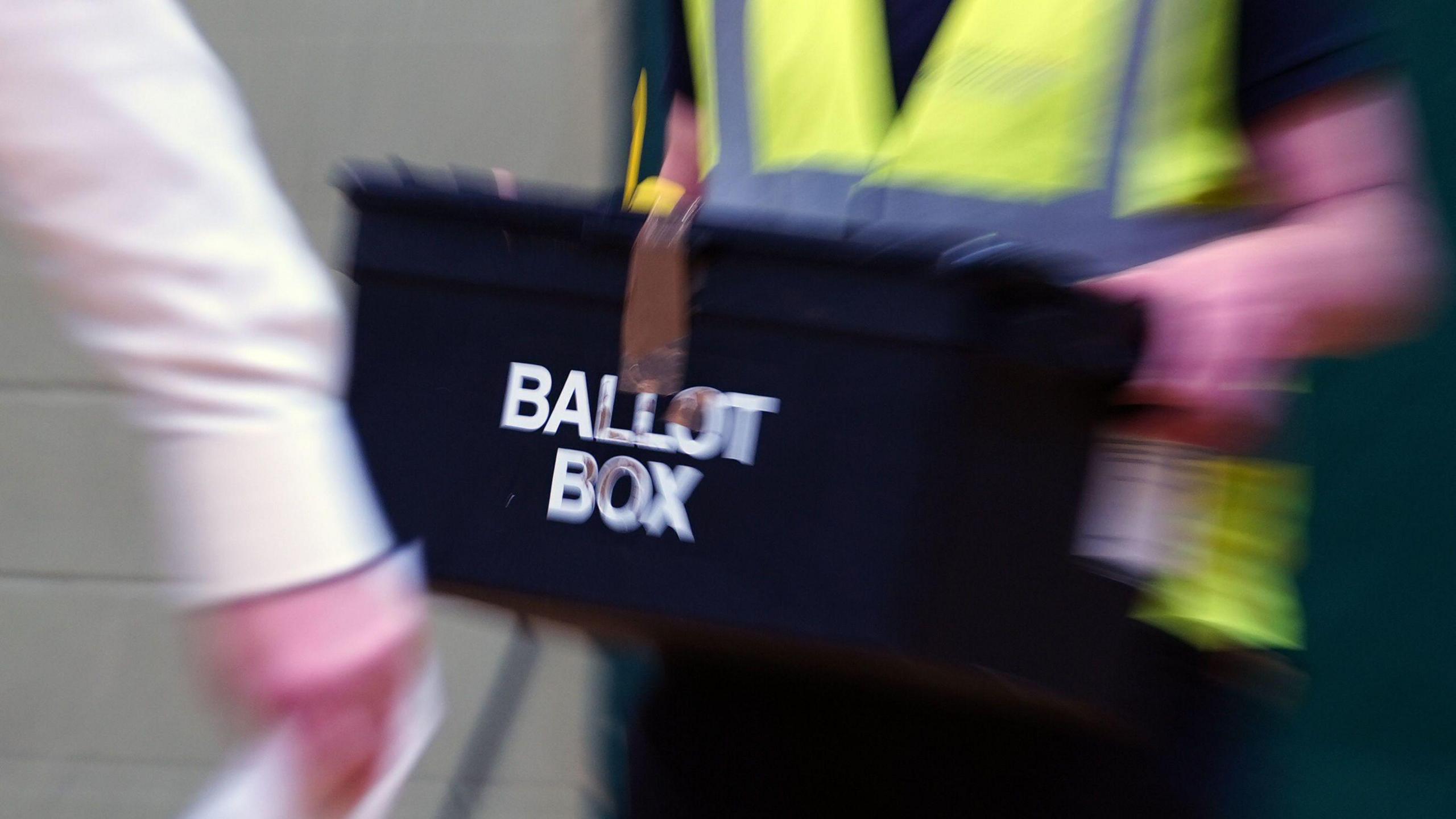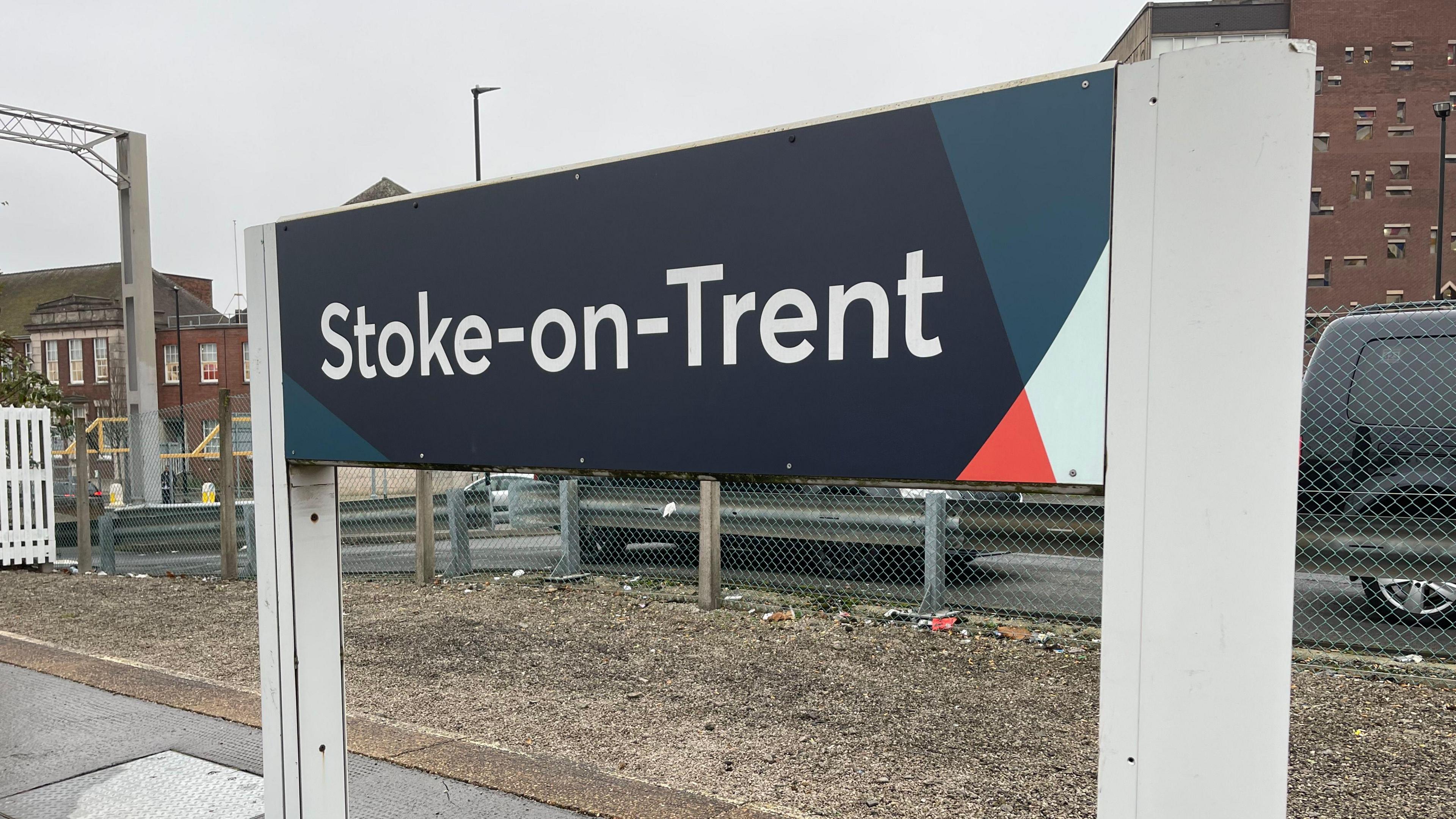New election battlegrounds in the West Midlands

Votes will be counted in dozens of new seats across the region
- Published
The general election on 4 July will be fought in new constituencies, putting thousands of West Midlands voters in unfamiliar seats.
The new boundaries were confirmed last year after a lengthy process by independent boundary commissions in the four UK nations.
Overall, the West Midlands government region loses two constituencies, taking it from 59 to 57 seats in Parliament.
Most seats, drawn up to equalise the population in each area, will see changes to names or boundaries, and some are completely new.
The Boundary Commission for England, which is independent of political parties, carried out consultations across the region before deciding its new constituencies, external.
Here are some of the major changes across the region:
Birmingham, Wolverhampton and the Black Country
The four boroughs of the Black Country, together with Staffordshire, bore the loss of the region's two seats because of the population spread.
For example, the new seat of West Bromwich joins together bits of three constituencies: The old West Bromwich East, West Bromwich West, as well as parts of Halesowen and Rowley Regis.
Tipton and Wednesbury is a similar example - again one new seat made up of bits of three old ones.
Birmingham keeps five seats, but with rejigged boundaries and based around Edgbaston, Ladywood, Northfield, Yardley and Sutton Coldfield.
Wolverhampton retains three seats with just one name change - from Wolverhampton South West to Wolverhampton West, again reflecting the shifting boundaries between them.
And two seats take in parts of Solihull, the east of the borough paired with Meriden, and the west with Shirley.
Staffordshire
Because the Black Country was paired in a sub-region with Staffordshire for the allocation, two seats cross the boundary between them to even out the populations.
The seat of Stone, Great Wyrley and Penkridge snakes its way from mid-Staffordshire to the north of Walsall borough.
And Kingswinford has been matched up with the rest of south Staffordshire.
Stoke-on-Trent's three constituencies remain, with some changes between them, and Stafford retains its seat, though its borders move north.
Newcastle, Lichfield, Uttoxeter, Cannock Chase and the Moorlands keep their constituencies, again with changes to some patches.

Stoke-on-Trent retains its three constituencies in the shake-up
Coventry and Warwickshire
Coventry will still have three seats although changed boundaries have resulted in the renaming of one seat from Coventry North East to Coventry East.
And Warwickshire keeps its six seats. Nuneaton, Rugby and North Warwickshire remain, though with Bedworth added to the name of the latter.
Leamington, Stratford-on-Avon and Kenilworth & Southam see some council wards move between them.
Herefordshire and Worcestershire
Herefordshire's two seats remain broadly similar to the previous set-up, with some minor changes around Bishopstone.
Worcestershire also sees relatively little change, although Mid Worcestershire is renamed Droitwich and Evesham, in line with the commission's preference to use town names where possible.
Shropshire
Shropshire keeps its five constituencies.
The biggest changes see the former Ludlow seat renamed South Shropshire, which now takes in new areas right up to the southern fringes of Shrewsbury.
As a result, the Shrewsbury and Atcham seat is now just Shrewsbury.
And The Wrekin has been extended northwards to the edge of Market Drayton.
Follow BBC West Midlands on Facebook, external, X, external and Instagram, external. Send your story ideas to: newsonline.westmidlands@bbc.co.uk, external
Related topics
More on the 2024 general election
- Published4 July 2024

- Published3 July 2024
